

| Deployment | Setup | Advanced | Troubleshooting |
  |
The Exchange Offline Mining Tool is a stand-alone console which allows users to locate email messages from an offline copy of the Exchange database.
Install the Exchange Offline Mining Tool on a computer with Outlook 2003 or higher installed and that satisfies the minimum system requirements.
Install the following before installing the Exchange Offline Mining tool if you are using it for Exchange 2013 databases:
Visual C++ Redistributable for Visual Studio 2012. For step-by-step instructions, see Visual C++ Redistributable for Visual Studio 2012.
Installation |
Before You Begin |
||
|
Download the latest software package to perform the install. Verify that the computer in which you wish to install the Exchange Offline Mining Tool satisfies the System Requirements. |
| 1. | Run Setup.exe from the Software Installation Package. | |||
| 2. |
Select the required language. Click Next. |
 |
||
| 3. |
Select the option to install software on this computer.
|
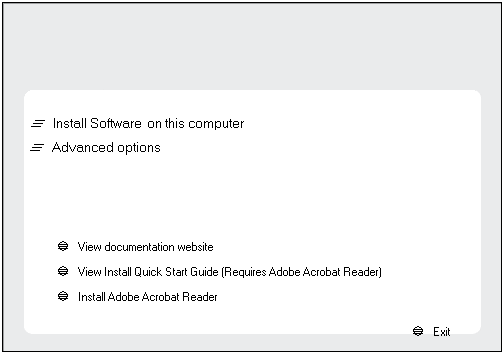 |
||
| 4. |
Select I accept the terms in the license agreement. Click Next.
|
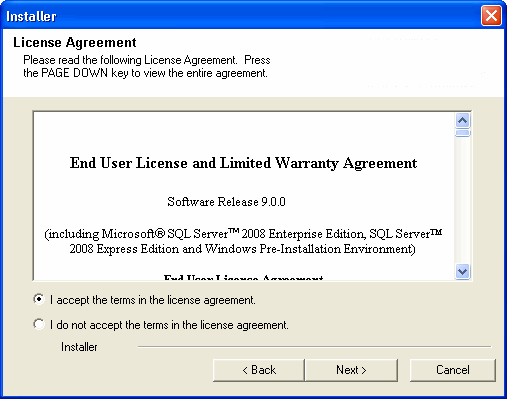 |
||
| 5. |
Expand Client Modules | Backup & Recovery
| Exchange and select Exchange Offline Mining Tool. Click Next.
|
 |
||
| 6. |
If this computer and the CommServe is separated by a firewall, select the Configure
firewall services option and then click Next.
For firewall options and configuration instructions, see Firewall Configuration and continue with the installation. If firewall configuration is not required, click Next.
|
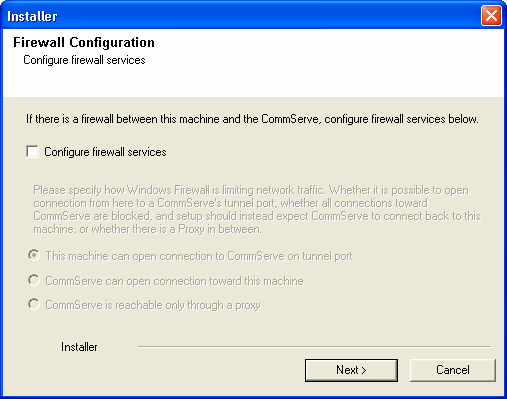 |
||
| 7. |
Enter the fully qualified domain name of the CommServe
Host Name. Click Next.
|
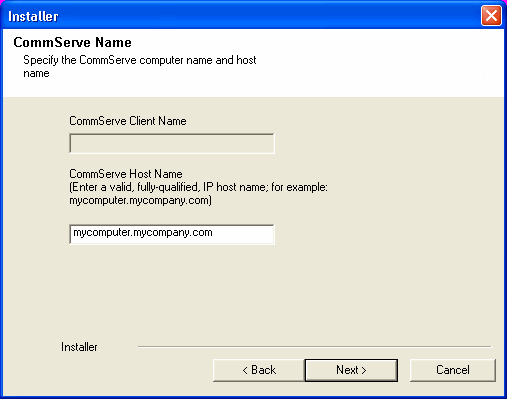 |
||
| 8. | Click Next. |
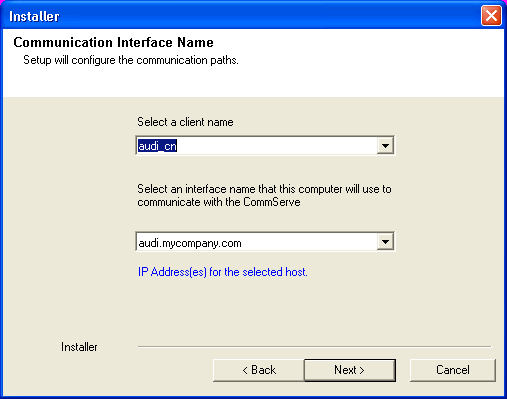 |
||
| 9. |
Select Add programs to the Windows Firewall Exclusion
List, to add CommCell programs and services to the Windows Firewall
Exclusion List. Click Next.
|
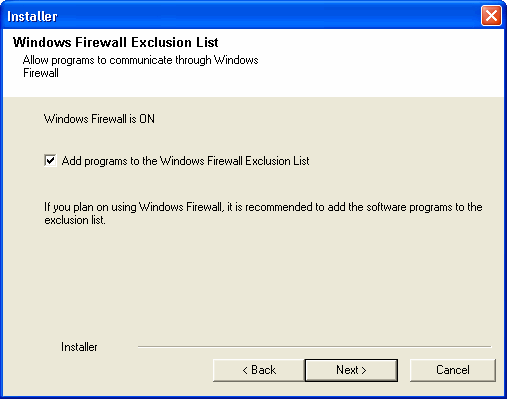 |
||
| 10. |
Verify the default location for software installation. Click Browse to change the default location. Click Next.
|
 |
||
| 11. | Click Next. |
 |
||
| 12. | Click Next. |
 |
||
| 13. | Click Finish. |
 |
  |